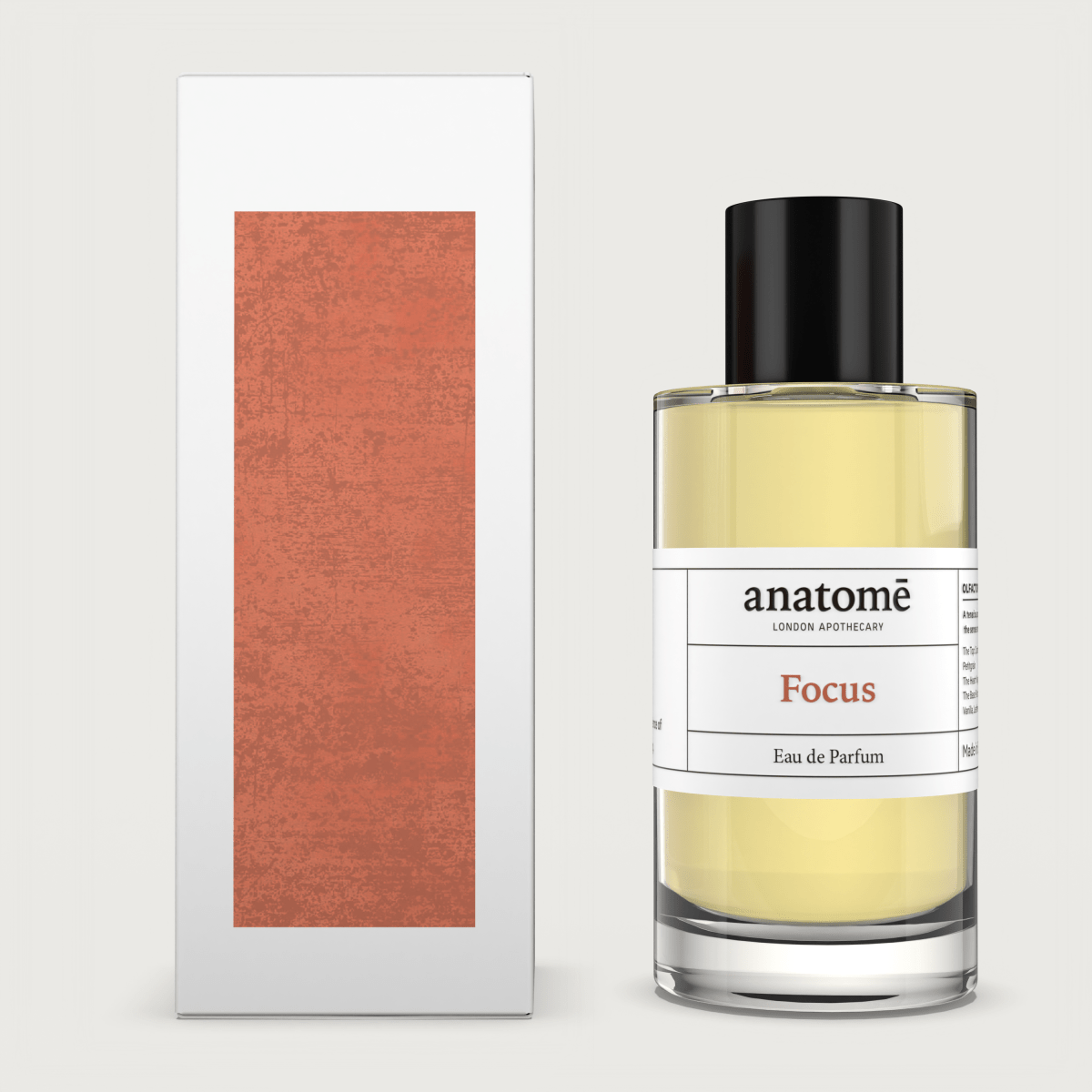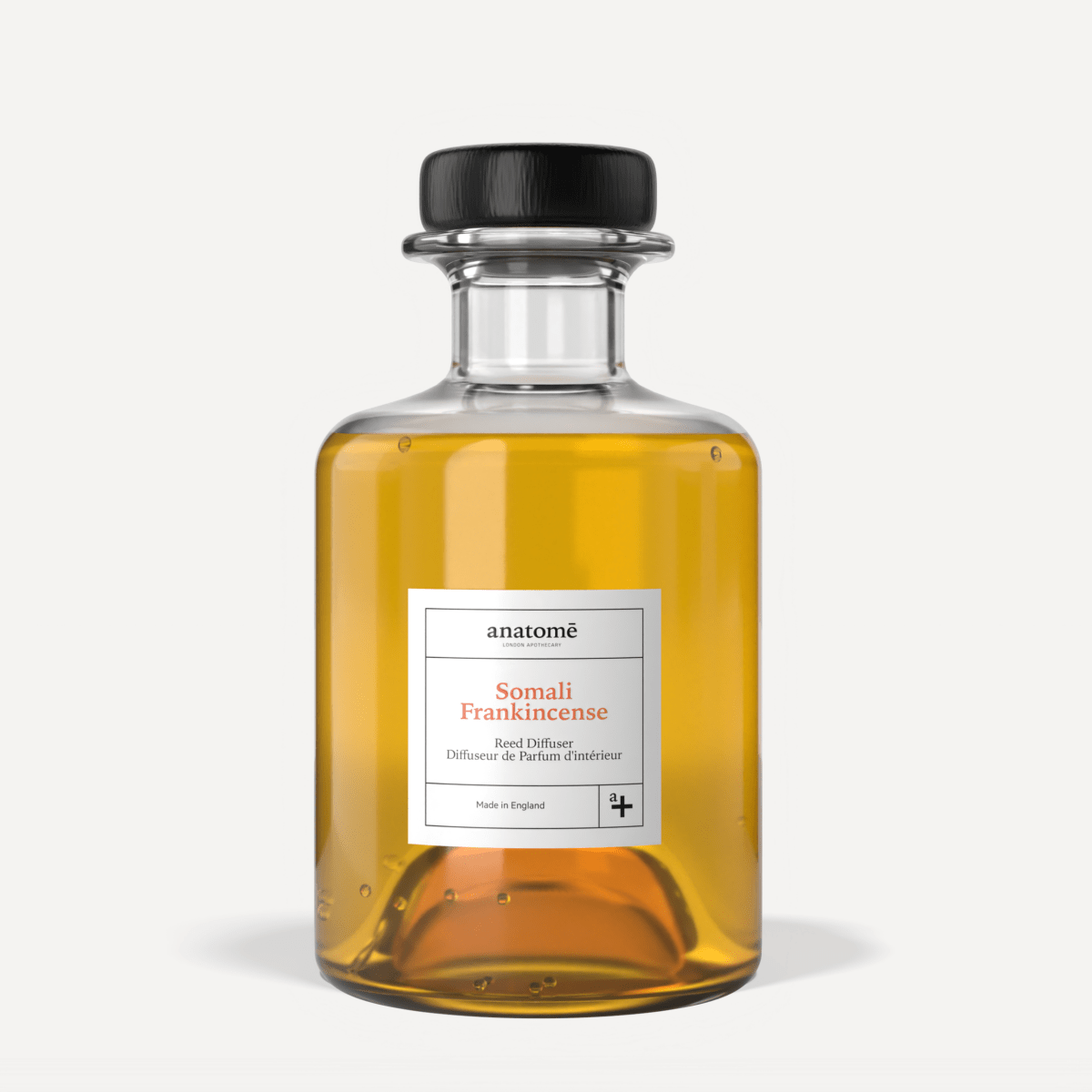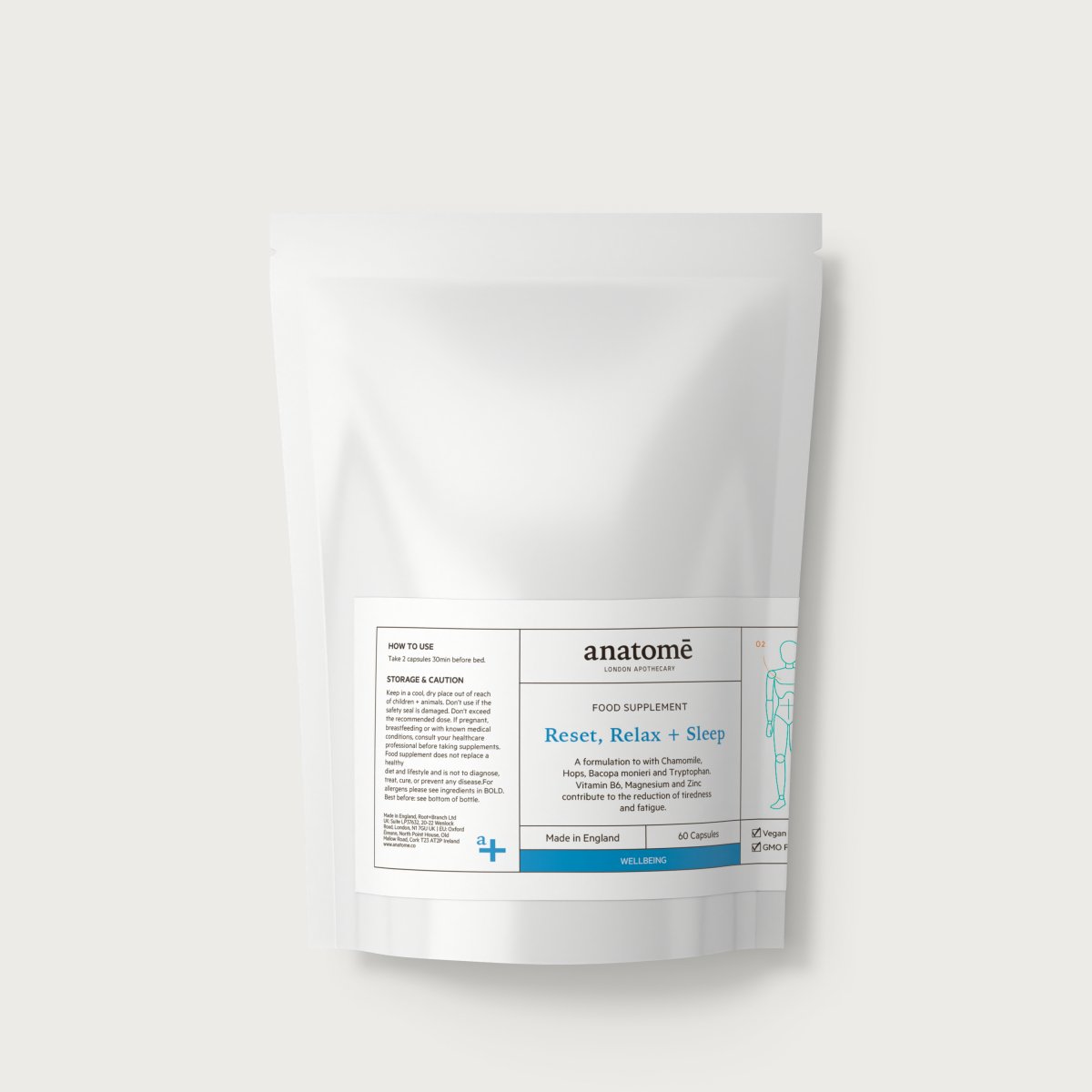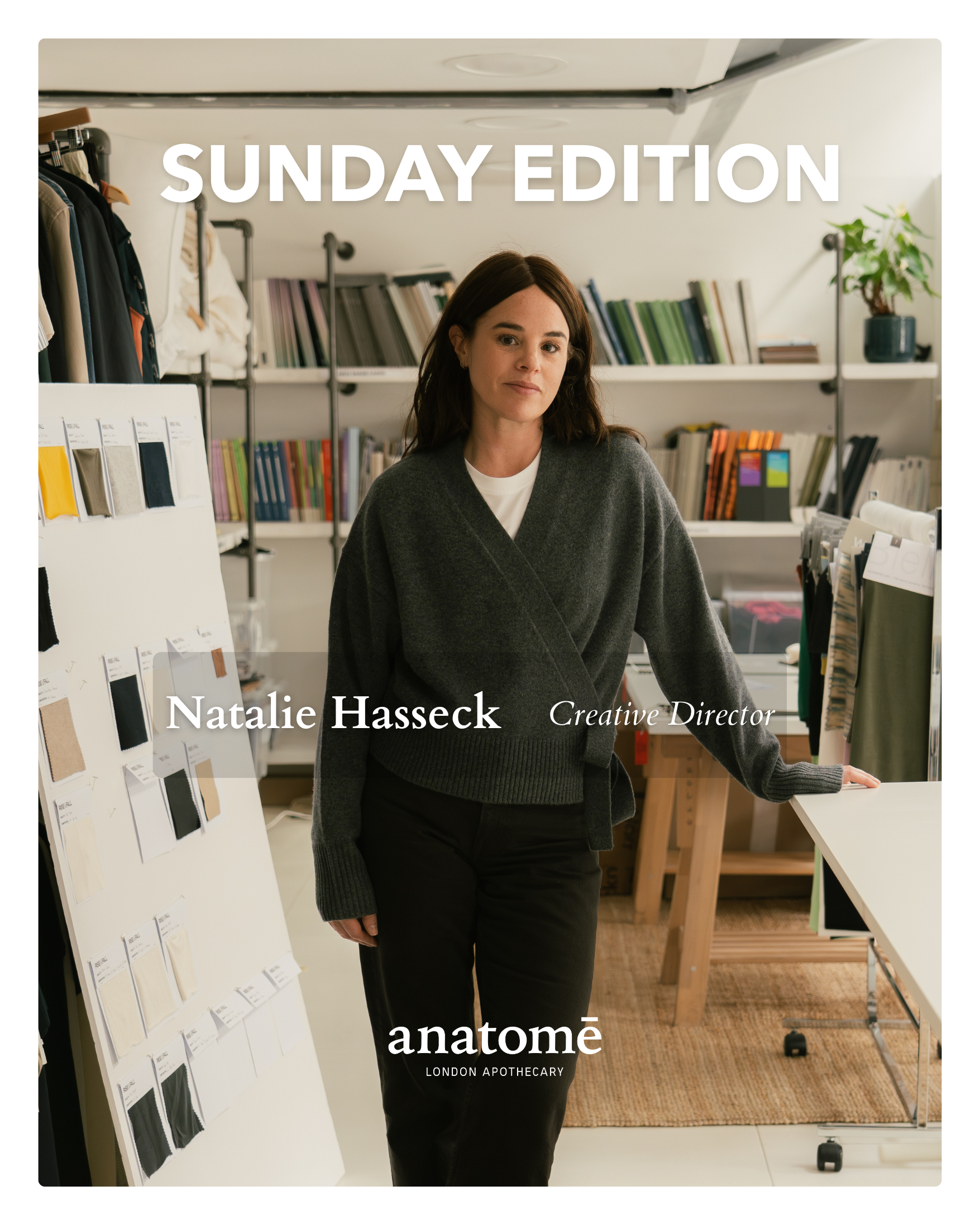Hot on the heels of this year’s London Design Festival, we got the chance to sit down with world-class designer Lara Bohinc. After a decade-long stint with Cartier, she launched her own studio focussing on object and furniture design, with her celestial work garnering acclaim in the pages of Vogue, Interior Design, Elle Decoration and Dezeen.
In our chat, she gave us key insight into how to find your own aesthetic voice, why making mistakes is better than inaction, and how thinking critically about your home’s interior design can support your wellbeing.
[Photographer: Rebecca Reid]

K: How did you develop your unique style of design? How did you land in this creative space?
L: To develop something that's your signature language, but still gives you enough space to grow and change— that takes a really long time. It's almost like training your eyes.
I started in industrial design, and then I did metalwork and jewellery. A lot of things that you see now in my design actually come from jewellery, like the Planetaria lighting, and some of my table shapes, especially the marble encased in metal.
And then I got a bit bored by that. I wanted to develop things that were a bit softer and a bit more tactile, because I got fed up with working with this very cold material.
So I started developing things that are very rounded— everything is really based on the idea of a circle. This roundness and this femininity is now something that I want to bring throughout my designs.

K: Let’s go back to that journey from jewellery— you were with Cartier for a while?
L: I was a consultant there. And I had my own brand which was also producing a fashion jewellery line. We had collections twice a year, and they were made of many different materials: silver, brass, perspex, leather.
I always like to play with materials, even with jewellery, but you know, it's still quite limited. It always has to be relatively light and small so that you can wear it on the body.
I wanted to branch out into bigger pieces that are freestanding, and also that are not in the fashion framework, so they stand the test of time, and aren’t based on seasons.

K: What are your thoughts on how the design of our domestic spaces, our homes, impacts our state of mind and our wellbeing?
L: The interior environment is really important to how you feel. During the pandemic, when people were spending a lot more time at home, homeware was booming at that time, because it really does change the mood.
The colour of your walls changes the mood. The light, in particular, changes the mood. The comfort, the materials, the tactility, symmetry versus asymmetry. All of those things really affect how you feel, whether you realise it or not.
K: It seems like you’ve followed your instincts throughout your career— you’ve listened to your gut and made big changes when it felt right. Do you have any advice on how to trust those instincts?
L: I mean, this is a really good question. Because it’s not like my instincts are always right, I’ve made some mistakes as well. I mean, I'm quite impulsive in a way— when I feel something, I just have to do it, which is not always a good thing.
But you know, that’s part of the journey. I think it’s better to do something and make a mistake than to do nothing. Because you’re always learning, whatever you do.
Even if it's not the right thing, you learn something from it.
K: What would you say to someone who’s struggling to develop their own interior design aesthetic for their home?
L: You need to build a mood board of your tastes, because your taste will influence your output and your style. That's the first step. And then over time, when you look at it, things will crystallise. You’ll start to see that this doesn’t go, maybe you need to eliminate some things, you’ll figure out what looks good together. You're just moving bits and bobs around until you get a clearer picture.

It's always good to have one focus. When you develop a body of work, that body of work is made of different collections, and collections are made of pieces. It's very important that each collection is coherent. That collection has to have a theme, whether it’s a circle, or maybe femininity, or maybe pyramids— whatever it is, you need to have a theme around which you build because it always helps to focus and crystallise, not just your mind, but also your visual language.
See Lara’s stunning work on socials at @bohincstudio and @larabohinc.


































